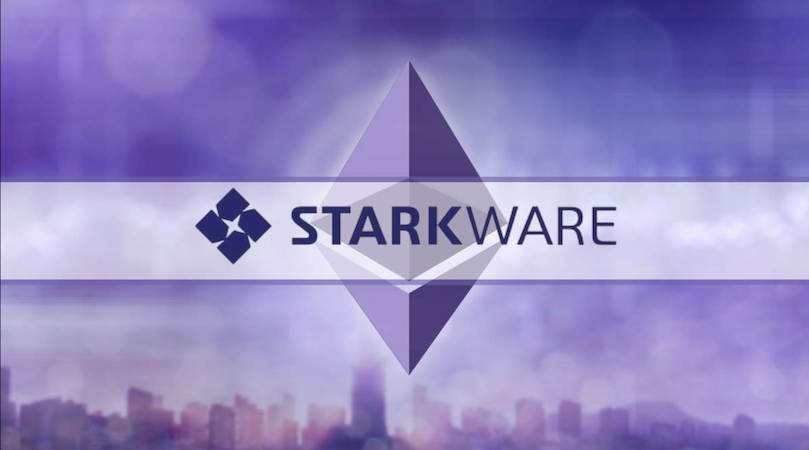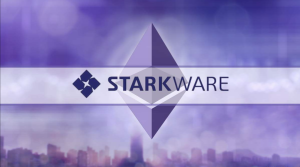Join Our Telegram channel to stay up to date on breaking news coverage
Ethereum‘s scaling challenges might soon see a resolution, courtesy of StarkWare. The Israel-based firm has made headway by announcing the launch of its testnet for Starknet v12.0, a layer-2 solution. Eli Ben-Sasson, the president and co-founder of StarkWare, refers to this upgrade, named ‘Quantum Leap,’ as a potential game-changer for Ethereum‘s throughput capacity, which could achieve unprecedented levels.
StarkWare’s President is optimistic about the Quantum Leap upgrade, stating that it represents a groundbreaking surge in TPS (transactions per second), marking an unparalleled milestone in the Ethereum ecosystem. The planned rollout of Quantum Leap on the mainnet by July 13 is pending approval from a vote by the Starknet community.
dApps Application Development Made Faster
The enhancement in throughput can expedite the development of more agile decentralized applications (dApps). This is poised to offer an experience similar to conventional Web2 applications while accommodating more intricate use cases. As of now, Ethereum‘s processing capacity caps at approximately 15 TPS, peaking at 22.37 in December 2022, as reported by L2 Beat. Visa, a centralized payment provider, comparatively touts a throughput of around 1,700 TPS.
The question isn’t just about scalability but also about throughput. How many children can a water slide accommodate in a minute? This concept is familiar to us all.
StarkWare CEO and co-founder Uri Kolodny put the situation into context: “The question isn’t just about scalability but also about throughput. How many transactions can a blockchain handle per second? How quickly can people get through airport check-in? How many children can a water slide accommodate in a minute? This concept is familiar to us all.”
Starknet, which hasn’t previously achieved high throughput, has ambitions to alter this scenario with its Quantum Leap upgrade. This upgrade owes its success to Starknet transitioning a considerable portion of its execution logic to Rust, a programming language developed with an emphasis on safety, concurrency, and performance.
From Python to Rust
The significant performance improvements are attributed to a year-long collaboration with software development boutique LambdaClass. This led to a complete transformation of Starknet’s sequencer from Python to Rust. The upgrade also incorporates Papyrus, a local storage solution, and Blockifier, a Rust-based block execution logic, both aimed at bolstering Starknet’s performance.
However, Quantum Leap’s attributes extend beyond enhanced TPS, as highlighted by Kolodny. It also ensures minimum latency, the interval between initiating a payment transaction and its completion. For Starknet, a decrease in latency translates to a time-to-inclusion of less than 15 seconds.
Kolondny explained in an interview:
High latency undermines the practicality of dApps effectively utilizing blockchain technology. A waiting period of 15 minutes for blockchain transaction confirmation is tedious and restricts the potential of DeFi, gaming, and other use cases.
By merging high TPS and low latency, Starknet aims to create an ‘invisible’ blockchain. This will integrate Web3 tech with the speed, functionality, and performance that users have come to expect from Web2 applications.”
Related News
- Ethereum Price Prediction: Why Take The Long Route To The Top When Wall Street Memes Is Soaring?
- Best Ethereum Casinos – Ethereum Gambling Guide
- Ethereum (ETH) Price
- Nethermind announces that it “transpiled” Uniswap v3 onto StarkNet using Warp
Best Wallet - Diversify Your Crypto Portfolio
- Easy to Use, Feature-Driven Crypto Wallet
- Get Early Access to Upcoming Token ICOs
- Multi-Chain, Multi-Wallet, Non-Custodial
- Now On App Store, Google Play
- Stake To Earn Native Token $BEST
- 250,000+ Monthly Active Users
Join Our Telegram channel to stay up to date on breaking news coverage


